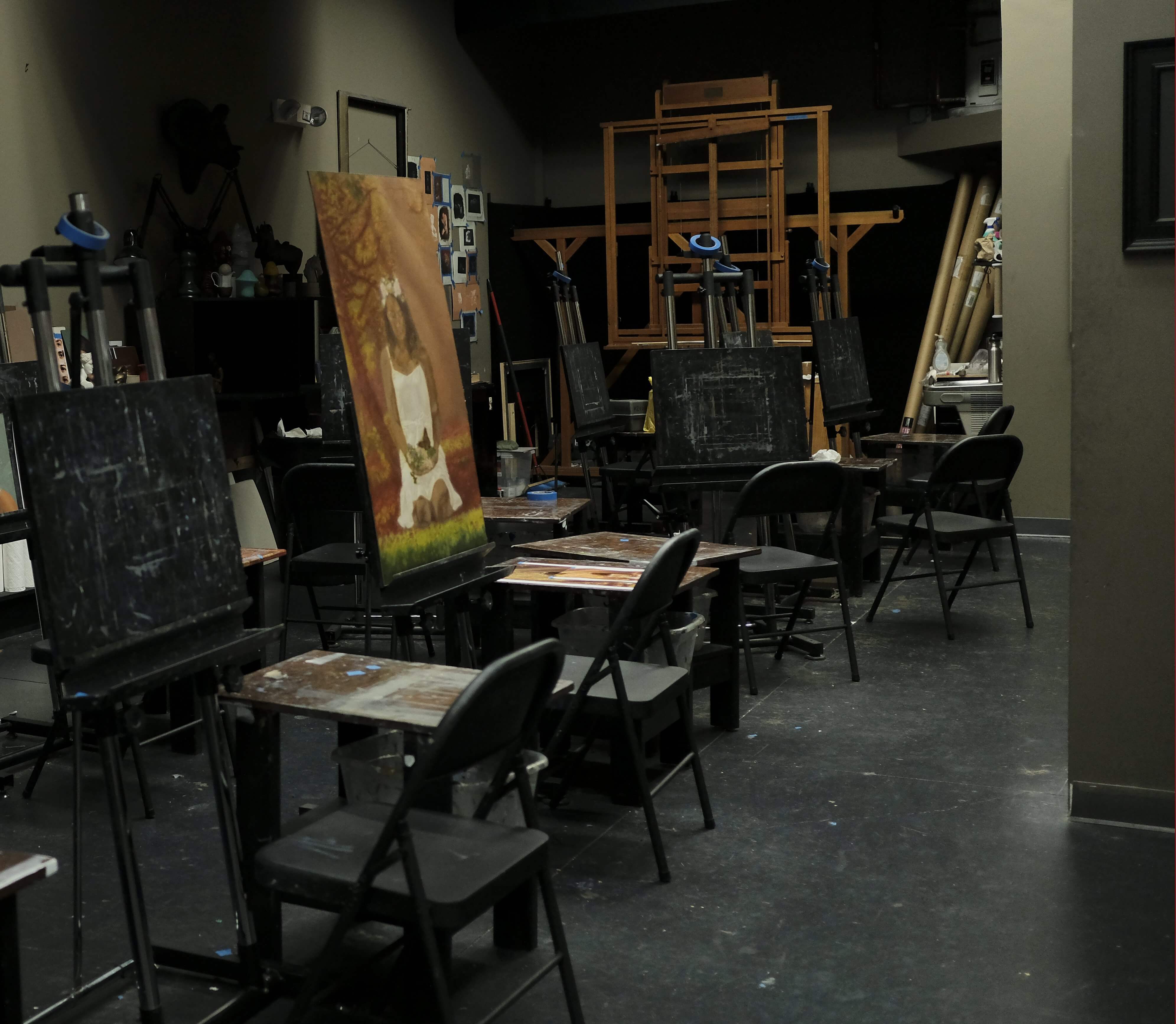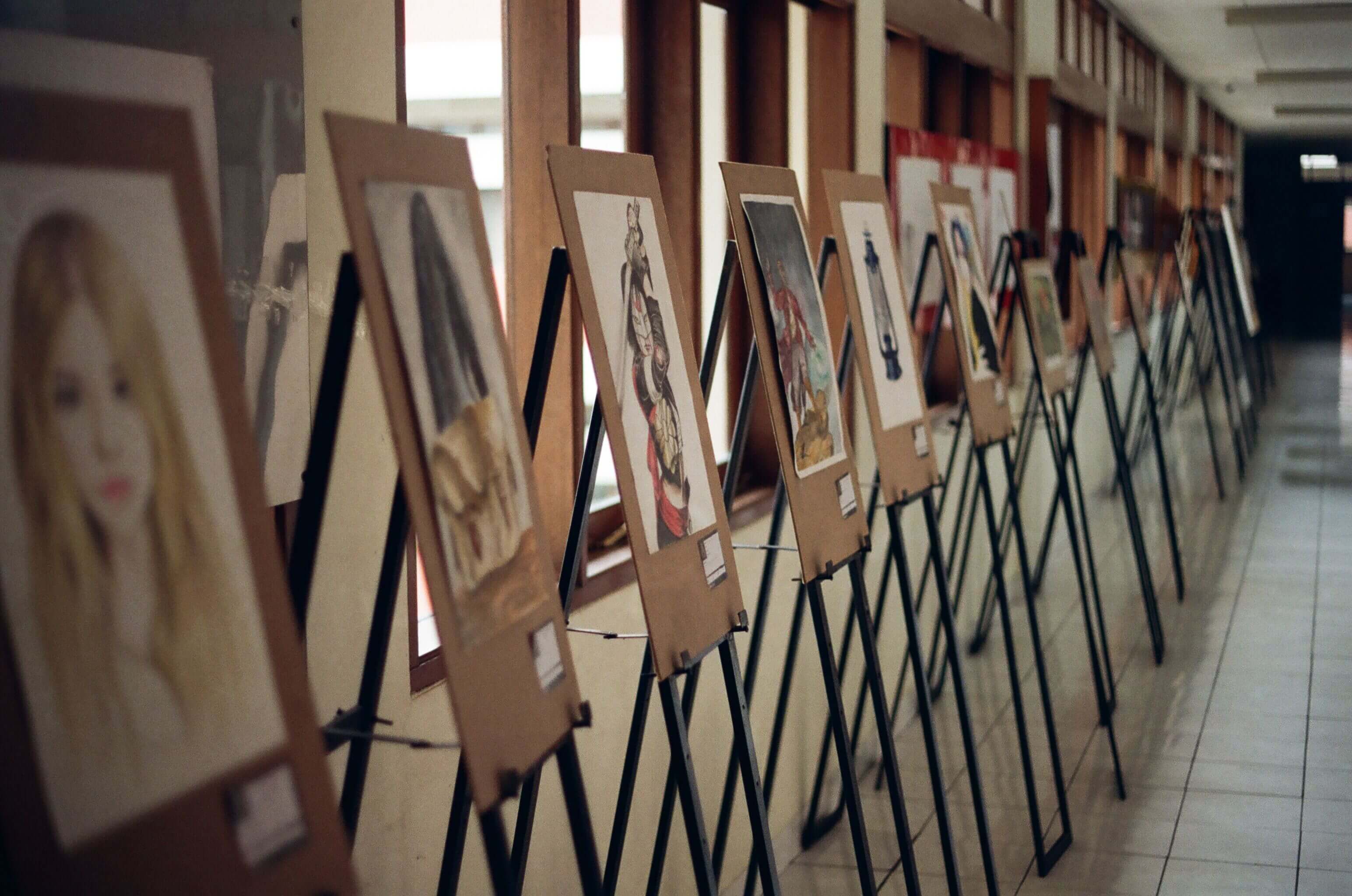
Many students ask us, “Is going to art school or college worth the cost?”.
Receiving a higher education has become a normal route in the path to achieving a desired career. We go to university or college to gain an education and to enrich our lives. But we also go in order to get a job that will make us a living.
So is art school worth it for creatives?
Statistically, art schools across the world have a fairly abysmal success rate, with only about 10% of their graduates working in the art industry in any capacity. And with 7 out of the top 10 most expensive universities in the United States being art schools, the debt from an art education lingers well after graduation (See this article by Catherine Rampell).
With the majority of art schools failing to offer quality education from working professionals and charging massive amounts of money, can they actually provide benefits that make it worth the cost?
We’ve compiled a few questions you can ask yourself before deciding whether or not pursuing a degree in the arts is worthwhile for you.
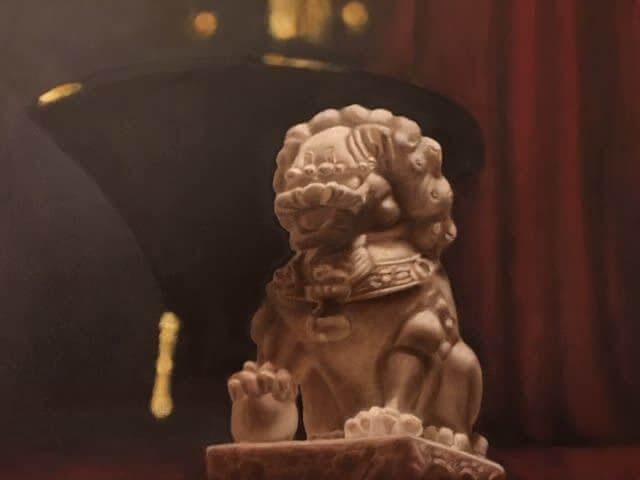
This painting by Evolve Student Janette M. shows how proper technical training can transform a student’s work.
Fading Tradition in Art Schools
In order to understand if art school is worth the cost, you must understand how an art education should ideally function.
Historically, if you wanted to learn an artist's trade, the process looked very similar to any other trade, like carpentry or shoemaking.

Historically, art education was taught similar to other crafts in an atelier. Credit: Frederic Ballon
If you wanted to learn, you would study with an artist who worked and sold art successfully, learning their process.
You would receive on-the-job training, study under a master artist who truly understood their craft, and apprentice under them.
Once you began to understand how to do things, you could begin to work your way up the ladder. Eventually, the student would open up their own studio and take apprentices of their own, starting the cycle again.
This was the pattern of art education up until the early 1900s when the system began to change. Learning became more about ideas and much less about technical skills.
If an artist makes abstract art, unless he teaches his students the fundamental technical skills of painting, his students will simply replicate his work in a less successful way with no understanding of why or how.
Art education has been degraded by the spread of personal style over technical skills. And education has been lost in so many places.
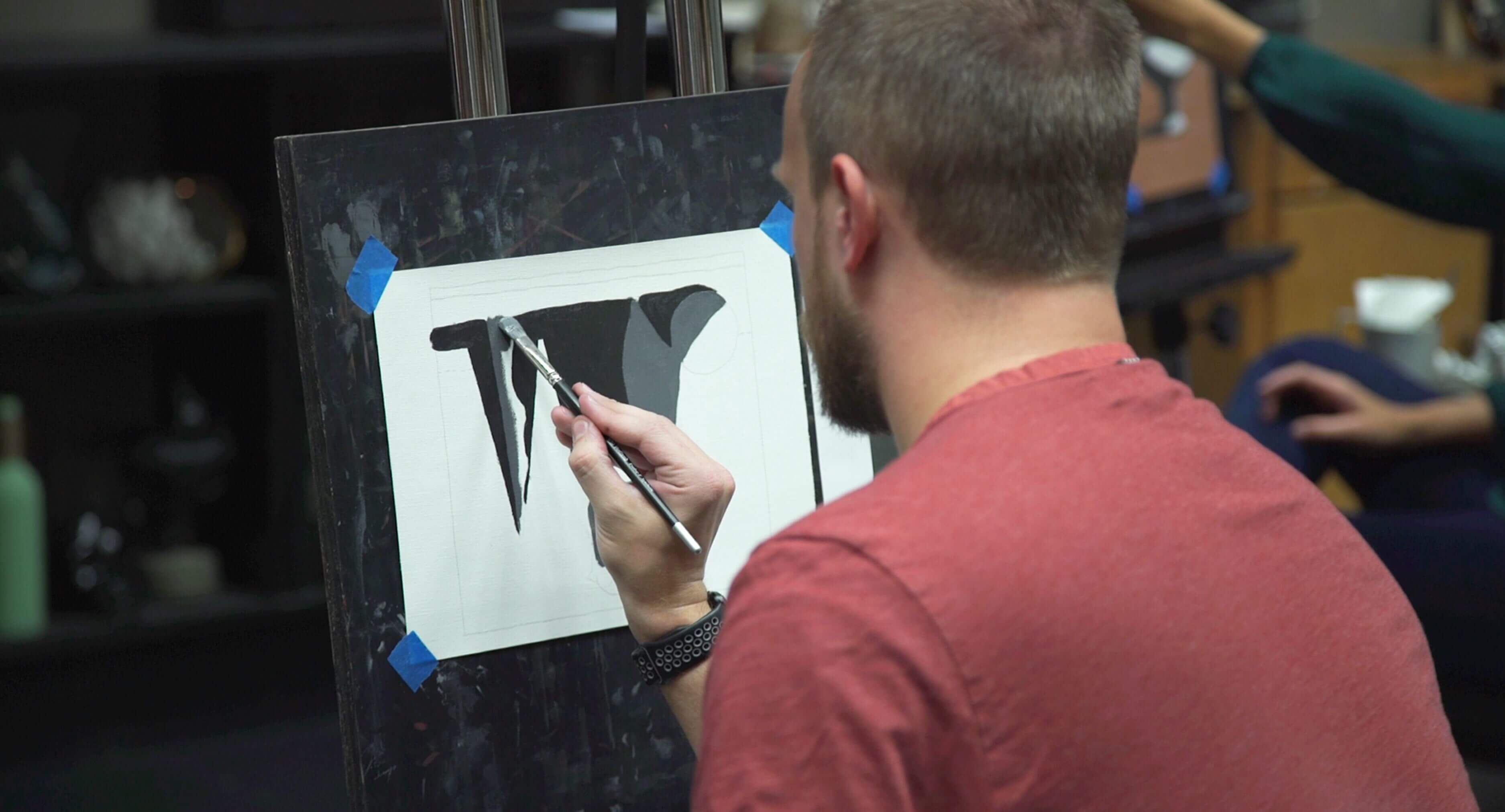
An Evolve student works on a block 2 painting, carefully following the program and feedback from his technically trained instructors.
The Cost of the Wrong Teacher
When considering art school, you must factor in who will be teaching you and responsible for your education. The possibility that you may graduate without the necessary skills to produce professional-level art is quite high. And often this results from students being educated by artists who do not have technical skills to share with their students.
So students graduate from art school without the necessary skills to become working artists and many turn to teaching for supplemental income. But because they never learned the necessary techniques from their university teachers, the cycle continues.
Now, this is certainly not to say that qualified, passionate, technical teachers are not out there and working to change the path of young artists. However, many artists, failed by their own teachers, do not have the qualifications to teach certain subjects.
This is the unfortunate cost of art school that many art students face. Rather than receiving concrete and clear answers, they are left to guess and experiment on their own. This further dilutes and confuses their education.
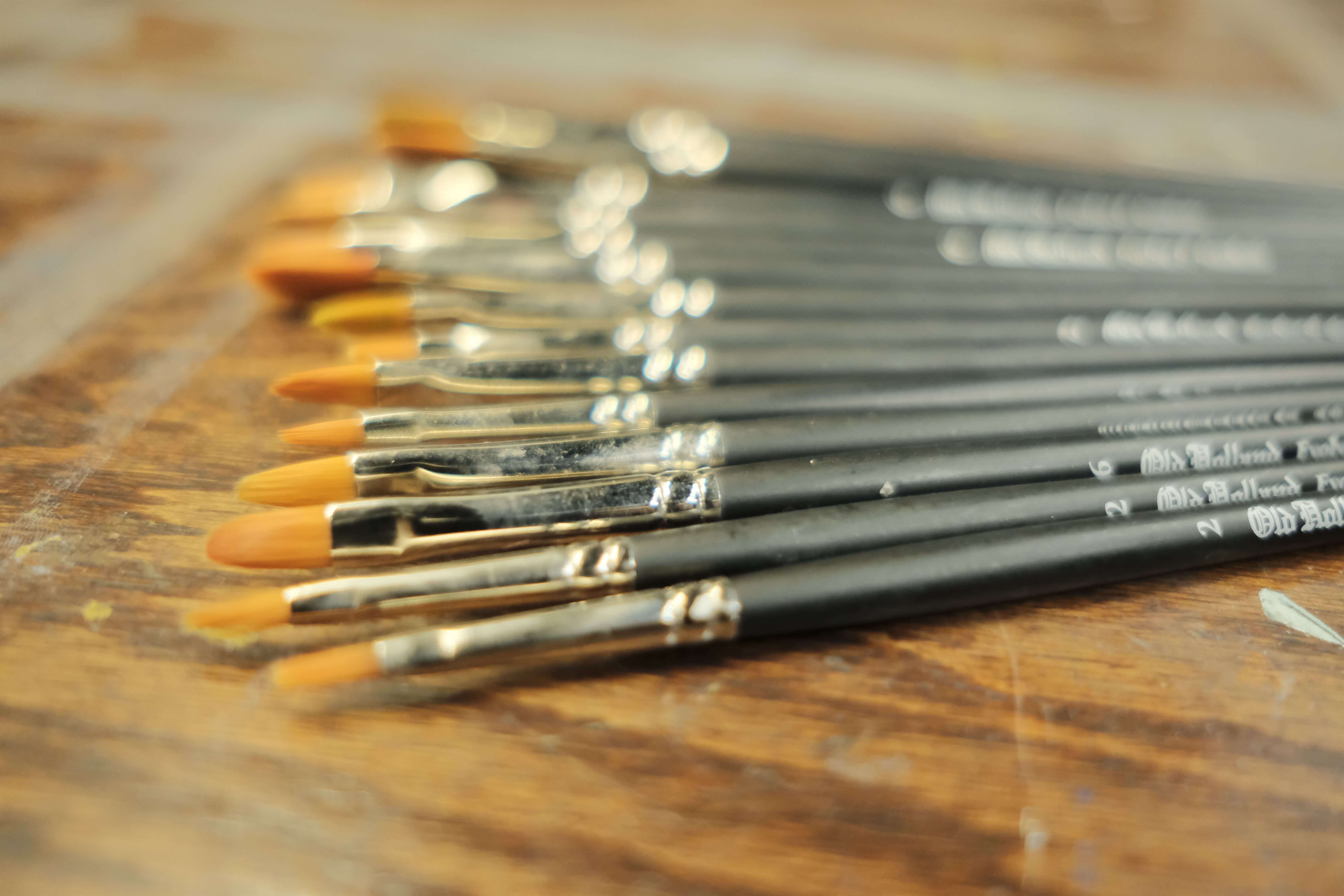
A proper education will not only teach you the necessary skills but also include how to choose materials and help you work with the very best of brushes and paint.
The Cost of Learning from your Peers in Art School
While attending art school you will undoubtedly receive input from other students both inside and outside of critiques with instructors. It is common practice to have students critique their peer's work alongside instructors.
But if you are paying an enormous amount of money and time to listen to students who know the same amount or less than you do, the whole process becomes shocking and confusing.
You end up with no direction, guided by your peers who sit in the same boat with the same amount of knowledge. There is little you can offer each other other than your own opinions.
And mastering technical skills, which is vital to success as an artist, has nothing to do with opinion.
Yet sadly this is what most schools have become. Technical education has become diluted and replaced with personal preference and opinion. Students crave technical excellence and need teachers who can move them down the road to create professional art.
Opinions do not Make Good Teachers
Very few art schools and universities know how to make you a better, technically skilled artist. Most of these programs fall flat because all the teachers simply supply their own opinions and biases. And that’s not an education.
Suppose you wanted to become an opera singer. However, your guide and teacher is a country singer telling you that what you are doing is not how to make music.
Well, this input has no value in the career you have begun to build. This artist of a completely different genre says you can’t build a career with opera. But rather, they say it has to sound like country music in order to be successful. Now of course in these terms, it seems ridiculous, but it happens constantly in art programs.
Evolve founder Kevin Murphy has this to say about his time in art school:
I had teachers in school telling me that there was no career in what I wanted to do (fantasy illustration). Now keep in mind that I spent the next eight years making a stellar living as an illustrator. But imagine if that teacher had broken my spirit.
My expensive tuition was paid to a teacher who happily gave me the impression that I would starve to death doing what I was going to school to do. That I would fail at I wanted to do. He gave me every impression that I could never succeed.
What if I had followed what he said.
Biases and opinions often dissuade and discourage young artists. The inability to choose your professors and the artists around you puts you at great risk of losing your dreams.
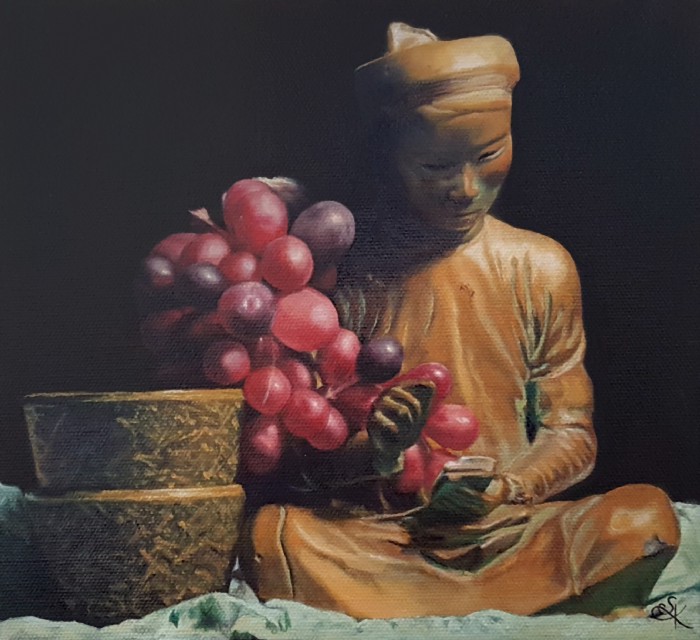
Evolve student Sanna K. shows how technical training, even when keeping things simple, can create beautiful works of art.
Choosing the Right Art School or Instructor to Learn From
So what can be done in order to get an education that will help you to form your career? Is art school ever worth the cost?
In an art school, it all depends on the person teaching the class and if can they explain what they know. A phenomenal artist does not always make for a phenomenal teacher. And on the other side, there are people out there who are not very good artists, but who understand how it’s done.
These individuals, from a technical standpoint, know exactly what they are doing. But they can’t seem to apply it, though they explain it beautifully. So when choosing where to learn, you have to find someone who can both apply and explain what you want to learn.
Make a wise choice when you choose your school. Rather than a popular local school, if you want to study animation, attend a school like Gnomon.
Find a school that is immersed in the job field that you want. A school that sits across from Hollywood movie houses will most likely rocket your career much further than one across the country with no affiliations.
So rather than trusting a college experience to help you succeed in your chosen art field, consider a specialized school or studying hands-on with a professional. This will help you to take your education into your own hands and know that you will be in contact with successful, industry professionals.
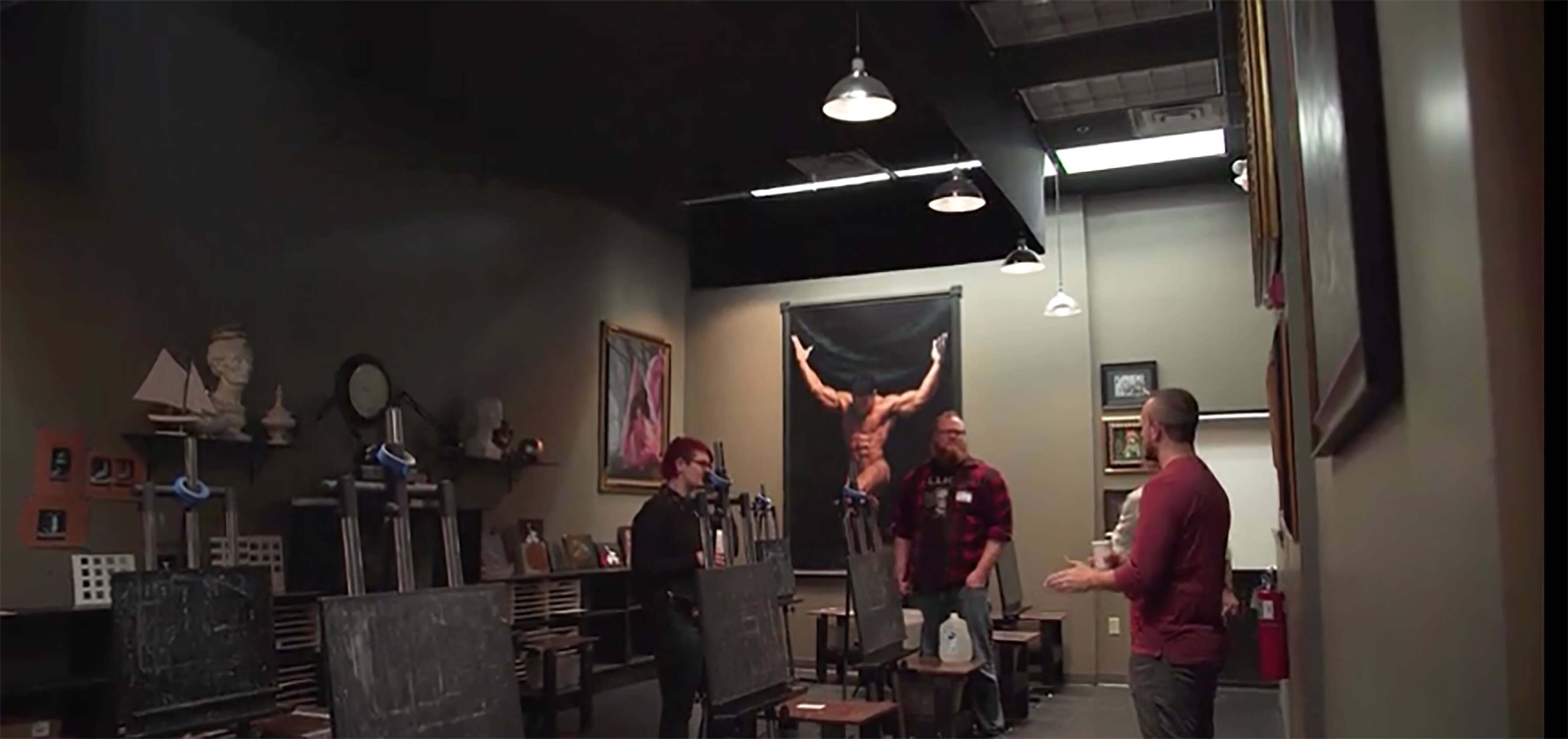
Evolve was created for serious students without the financial constraints and opinionated education of the traditional art program.
Conclusion
When artists first get into their careers or educations, it can be difficult to find resources to figure things out. And the cost of art school and education can be unbearable.
For those very reasons that he experiences himself, Kevin Murphy created the Evolve program. The creation of his first school became a first step in creating a way to combat the expenses and wasted time of university art programs.
Now there are some great teachers out there, and some wonderful art programs. But oftentimes, the cost outweighs the results.
So with Evolve, we are trying to make a career of art possible and affordable for people who really want it. Evolve is for those artists who may have experienced the flawed art education system for themselves but refuse to give up on finding a way to become a working artist.
And this is the sort of thing artists need, whether it is our program or not. Education for artists to ensure they get the technical knowledge they need to create the art and careers they’ve always dreamed of.
FREE MASTERCLASS:
The 4 Part Framework to Develop Artistic Excellence in 12 Months

